Compilation of grade 8 chemical equation balancing exercises with answers in Vietnam
Compilation of grade 8 chemical equation balancing exercises with answers in Vietnam
Chemical equations are one of the topics students learn in the Grade 8 Natural Science subject. Balancing chemical equations is an essential part of this topic.
Refer to the compiled balancing exercises for Grade 8 chemical equations below:
Type 1: Balancing simple chemical equations
| Balance the following equations: - Cu(NO3)2 + NaOH → Cu(OH)2 + NaNO3 - P + O2 → P2O5 - N2 + O2 → NO - NO + O2 → NO2 - NO2 + O2 + H2O → HNO Answers: - Cu(NO3)2 + 2NaOH → Cu(OH)2 + 2NaNO3 - 4P + 5O2 → 2P2O5 - N2 + O2 → 2NO - 2NO + O2 → 2NO2 - 4NO2 + O2 + 2H2O → 4HNO3 |
Type 2: Select coefficients and appropriate chemical formulas to fill in the blanks in the chemical equations
| a) Al2O3 + ? → ?AlCl3 + ?H2O b) H3PO4 + ?KOH → K3PO4 +? c) ?NaOH + CO2 → Na2CO3 + ? d) Mg + ?HCl → ? +?H2 e) ? H2 + O2 → ? f) P2O5 +? → ?H3PO4 g) CaO + ?HCl → CaCl2 + H2O h) CuSO4 + BaCl2 → BaSO4 + ? Balanced equation answers a) Al2O3 + 6HCl → 2AlCl3 + 3H2O b) H3PO4 + 3KOH → K3PO4 + 3H2O c) 2NaOH + CO2 → Na2CO3 + H2O d) Mg + 2HCl → MgCl2 + H2 e) 2H2 + O2 → 2H2O f) P2O5 + 3H2O → 2H3PO4 g) CaO + 2HCl → CaCl2 + H2O h) CuSO4 + BaCl2 → BaSO4 + CuCl2 |
Type 3: Advanced set up of atomic diagrams and determination of the number of molecules of each substance after the reaction
| a) Na + O2 → Na2O b) P2O5 + H2O → H3PO4 c) HgO → Hg + O2 d) Fe(OH)3 → Fe2O3 + H2O Answers a) 4Na + O2 → 2Na2O Ratio: number of Na atoms: number of O2 molecules: number of Na2O molecules = 4 : 1 : 2. b) P2O5 + 3H2O → 2H3PO4 Ratio: number of P2O5 molecules: number of H2O molecules: number of H3PO4 molecules = 1 : 3 : 2. c) 2HgO → 2Hg + O2 Ratio: number of HgO molecules: number of Hg atoms: number of O2 molecules = 2 : 2 : 1. d) 2Fe(OH)3 → Fe2O3 + 3H2O Ratio: number of Fe(OH)3 molecules: number of Fe2O3 molecules: number of H2O molecules = 2 : 1 : 3. |
Type 4: Advanced, balance the following hidden chemical equations
| a) FexOy + H2 → Fe + H2O b) FexOy + HCl → FeCl2y/x + H2O c) FexOy + H2SO4 → Fe2(SO4)2y/x + H2O d) M + H2SO4 → M2(SO4)n + SO2 + H2O đ) M + HNO3 → M(NO3)n + NO + H2O e) FexOy + H2SO4 → Fe2(SO4)2y/x + SO2 + H2O f) Fe3O4 + HNO3 → Fe(NO3)3 + NxOy + H2O Answers a) FexOy + yH2 → xFe + yH2O b) FexOy + 2yHCl → xFeCl2y/x + yH2O c) 2FexOy + 2yH2SO4 → xFe2(SO4)2y/x + 2yH2O d) 2M + 2nH2SO4 → M2(SO4)n + nSO2 + 2nH2O đ) M + 2nHNO3 → M(NO3)n + 2nNO + H2O e) (5x - 2y) Fe3O4 + (46x - 18y) HNO3 → 3(5x - 2y) Fe(NO3)3 + NxOy + (23x - 9y)H2O |
Note: The content of the compiled Grade 8 chemical equation balancing exercises is for reference only!
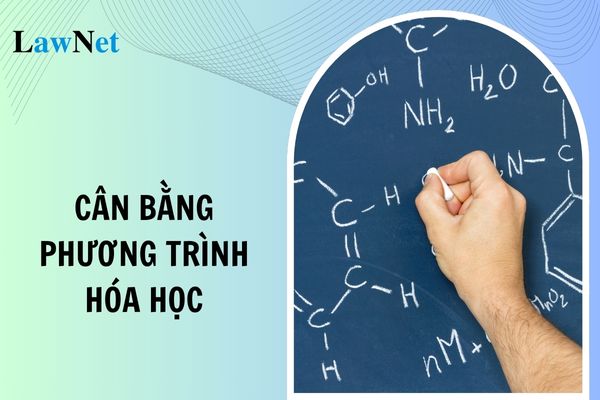
Compilation of grade 8 chemical equation balancing exercises with answers in Vietnam (Image from the Internet)
What are methods for developing general competencies in the Natural Science Subject in Vietnam?
Based on the Curriculum for the Natural Science Subject issued with Circular 32/2018/TT-BGDDT, the methods for developing general competencies in the Natural Science subject is as follows:
Autonomous Learning and Self-Study Competence
Through teaching organization methods, the Natural Science subject trains students in self-study methods, and self-exploration to acquire scientific knowledge. Autonomous learning and self-study competence are developed through practical activities, project work, designing experimental activities in the laboratory, in the field, especially in organizing nature exploration.
Communication and Collaboration Competence
Communication and collaboration competence are developed through activities such as observation, constructing scientific hypotheses, planning and conducting hypothesis verification, collecting and processing data, aggregating results, and presenting research findings. These skills are regularly practiced in teaching the subject's topics.
The Natural Science subject contributes to developing collaborative competence when students frequently carry out learning projects, practical, and group activities. During these activities, students work in groups, where each member performs different parts of the same task, exchange ideas, and share learning content.
Problem-Solving and Creative Competence
Problem-solving and creativity are distinctive activities in exploring the natural world. This competence is developed by organizing students to propose problems, state hypotheses, plan, and execute the exploration of various natural phenomena close to everyday life.
What are forms of assessment in the Natural Science Subject in Vietnam?
According to the Curriculum for the Natural Science Subject issued with Circular 32/2018/TT-BGDDT, various forms of assessment in the Natural Science subject include:
- Assessment through written exams: essays, objective multiple-choice tests, theses, reports, ...
- Oral assessment: oral questions, interviews, presentations, ...
- Observation assessment: observing attitudes and activities of students through practical lab work, group discussions, field trips, visits to scientific and production facilities, applying knowledge to practice, using tools like observation tables, checklists, study logs,...
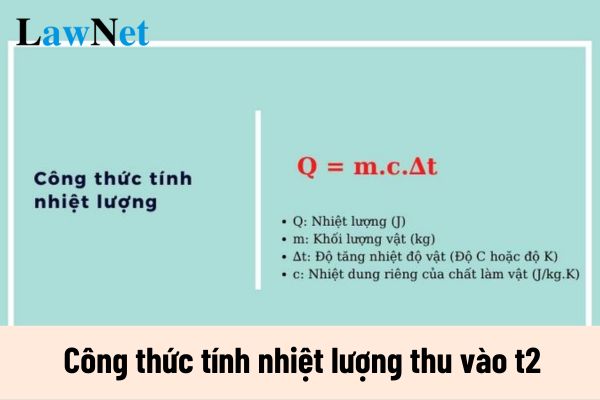
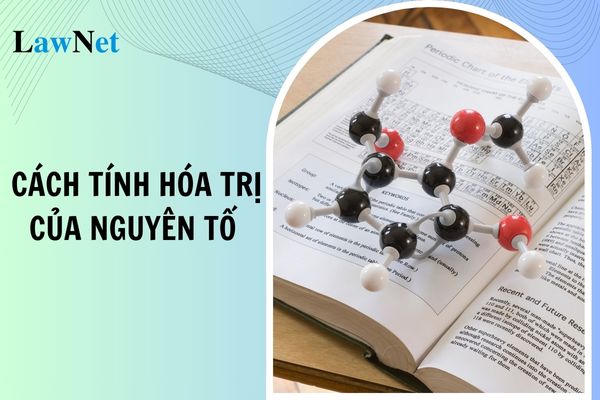
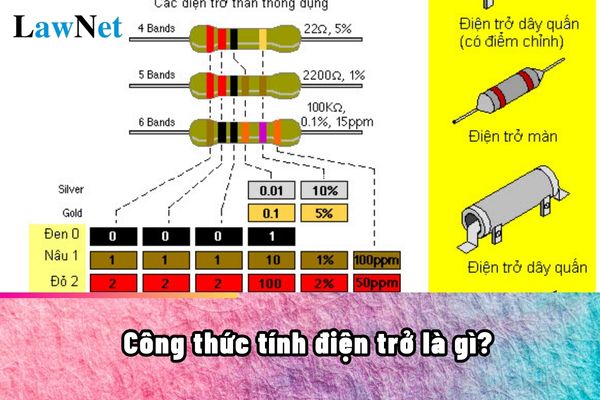
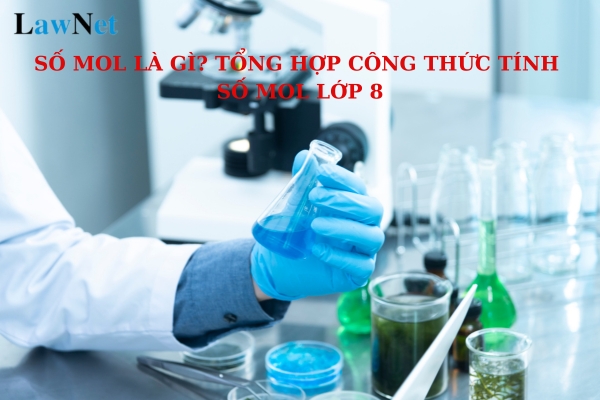
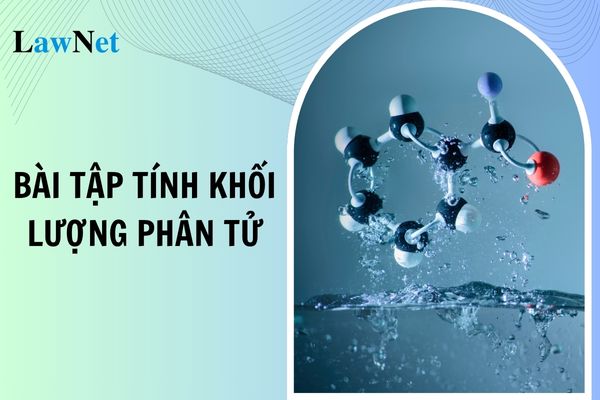
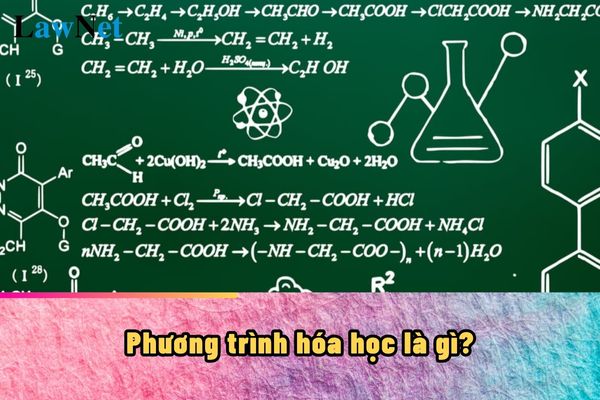
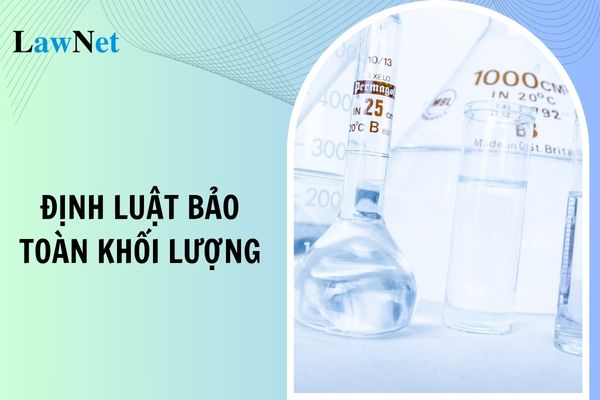
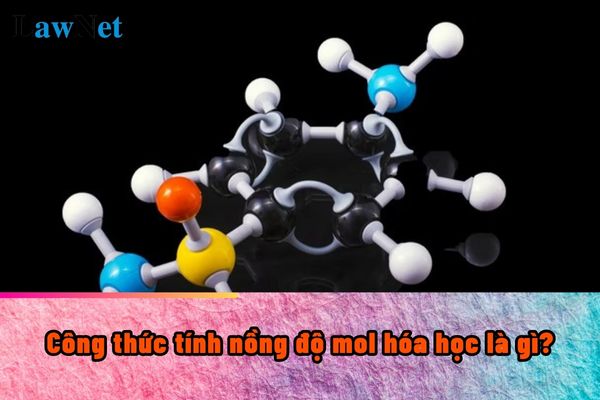

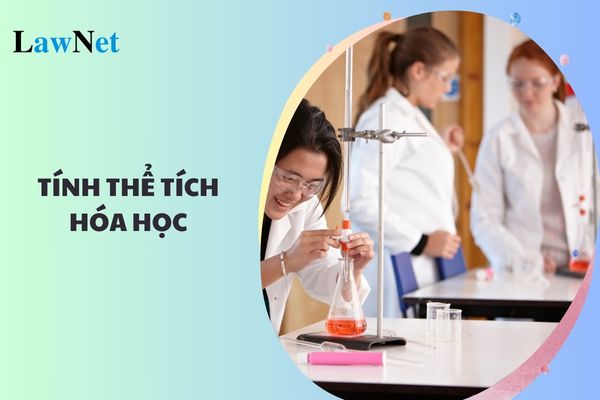
- Sample Paragraph of Commentary on the Poem "Gap la com nep" - How Are Periodic Evaluations for 7th-Grade Students Conducted?
- Vietnam: What is the sample outline of an essay on recounting the story "The Legend of the Foeniculum Vulgare" for 5th-grade students? What types of essays are 5th-grade students required to be able to write?
- Vietnam: What are the guidelines for preparing a brief outline for an essay on retelling an experience for 4th-grade students? What learning outcomes are required for writing practice in the 4th-grade Vietnamese language curriculum?
- Vietnam: What are the sample 15 sample descriptive paragraphs on your house for 3rd-grade students? How many lessons are allocated for writing content in the 3rd-grade Vietnamese language curriculum?
- Vietnam: What are the guidelines for preparing the brief lesson "Giọt sương đêm" for 6th-grade students? What are the competency requirements in literature for 6th-grade students?
- What are the sample essays on sharing an experience with a family member for 6th-grade students in Vietnam? What elective subjects do 6th-grade students learn?
- Vietnam: What is Polymer? What is the grade at which the Chemistry curriculum covers Polymer?
- Vietnam: What are the sample social argumentative essays on artificial intelligence? What is the grade at which students initially write social argumentative essays?
- Vietnam: What are the sample discussions on students being late for school? What are the criteria for text corpus used in the 9th-grade Literature curriculum?
- Vietnam: When was the directive on national resistance given? What education level does 9th Grade fall under?

